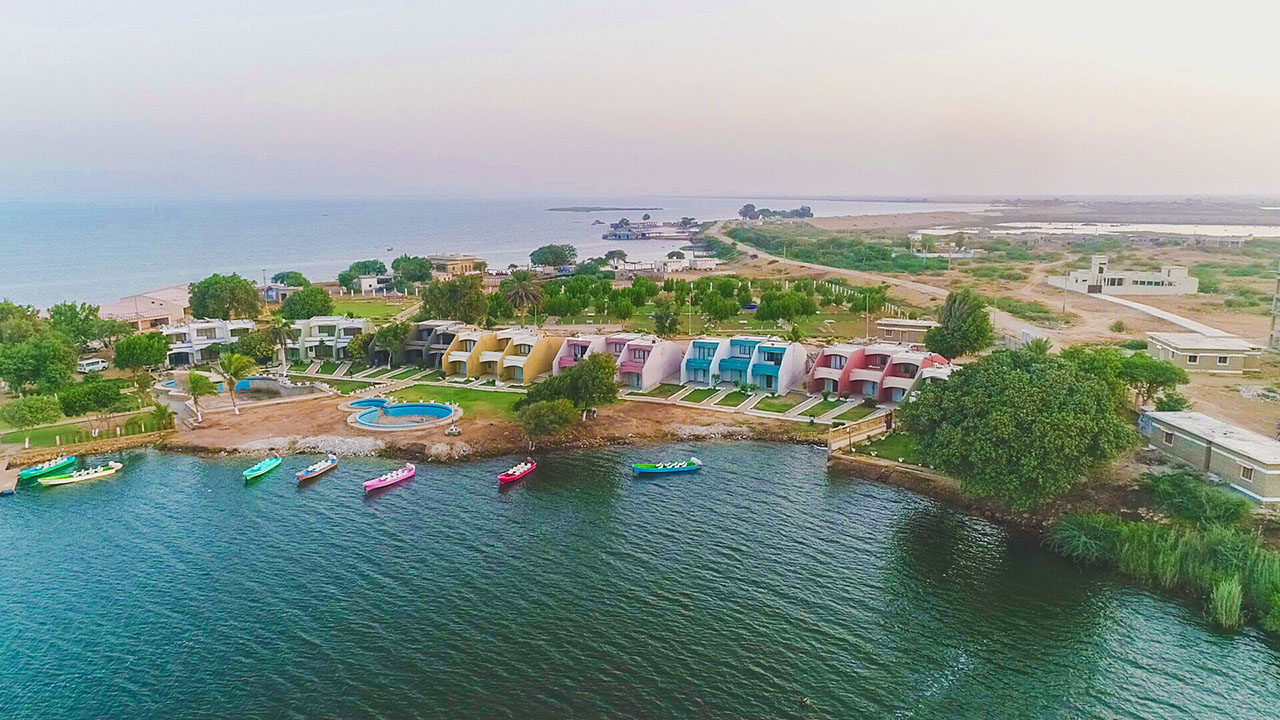The term Känätääj might sound unfamiliar to many, yet it reflects the unique traditions, language, and culture of the Nordic region. These northern lands, characterized by vast fjords, dense forests, and expansive plains, are home to a rich history shaping modern-day Scandinavia.
The Nordic Region: A Land of Natural Beauty and Rich Traditions
The Nordic countries share a deep connection to the natural world across Norway, Sweden, Finland, Denmark, and Iceland. The landscape, from the Arctic Circle to the forests of Sweden and the volcanic terrain of Iceland, has influenced the cultures of the people who have called these lands home for millennia.
Känätääj, though a fictional term in this context, could easily represent the unity found in the Nordic people’s shared experience of the harsh yet beautiful environments in which they live. These regions have a long history of respecting and adapting to the natural elements, fostering a culture that values community, resourcefulness, and resilience.
The Language and Identity of the Nordic Peoples
One of the most significant aspects of any culture is its language. The Nordic countries are home to languages with common roots, including Swedish, Norwegian, Danish, Icelandic, and Finnish. Each language reflects the unique history and identity of its speakers.
Though modern Nordic people are widely multilingual, their native languages play an essential role in maintaining cultural heritage. Many of these languages, especially Icelandic and Sami (spoken by the indigenous people in Northern Scandinavia), have been preserved over centuries, retaining much of their original structure and vocabulary.
If we were to imagine Känätääj as a term from one of these languages, it could symbolize something deeply tied to nature and community, resonating with the cultural values that the Nordic region cherishes.
Nordic Mythology and Legends
The Nordic region is also renowned for its mythology, a wellspring of ancient stories that have inspired art, literature, and modern entertainment. From the thunderous Thor to the cunning Loki, the pantheon of Norse gods has shaped the religious beliefs of the Vikings and contemporary popular culture.
The stories of the Norse gods, along with epic sagas such as The Poetic Edda and The Prose Edda, were passed down through oral traditions and later written in runes on stones and manuscripts. These tales are rich with symbolism, representing creation, destruction, and rebirth themes.
Perhaps Känätääj could be envisioned as a forgotten tale or a hidden symbol within these myths—an element that represents the connection between humanity and nature or the balance between order and chaos.
Preserving Nordic Traditions in the Modern Era
Despite the rapid modernization of the 20th and 21st centuries, the Nordic countries have made significant efforts to preserve their cultural heritage. From traditional folk music and dance to celebrating Midsummer and Yule, the people of these regions honor their past while embracing the future.
Sustainability and environmental consciousness, values rooted in the historical relationship between the Nordic people and their surroundings, continue to guide these societies. Green energy initiatives, nature conservation, and social welfare programs reflect a deep respect for nature and human well-being.
Conclusion: Känätääj as a Reflection of Nordic Identity
While Känätääj may be a fictional word in this article, it embodies the essence of the Nordic region—an interconnectedness between nature, tradition, and modernity. The rich tapestry of Nordic history, language, and mythology continues to inspire people worldwide, reminding us of the enduring power of culture in shaping our collective identity. What is Smoothie CCL?
